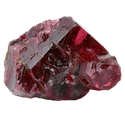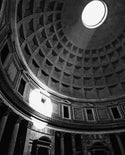Heart Scarab Medallion
£16,500
Details
Authentic egyptian heart scarab from 712-30 B.C. set in 18K yellow gold. Handmade in Rome.
History
Measurements
Delivery
Care





Heart Scarab
(ANCIENT EGYPTIAN)
(ANCIENT EGYPTIAN)
This heart scarab, carved from dark green stone, reflects the enduring significance of funerary amulets in ancient Egyptian burial practices. Shaped like the sacred scarab beetle (Scarabaeus sacer), it symbolises regeneration, transformation, and the eternal cycle of life.

Gold
(18K)
(18K)
It is a dense, soft, malleable, and ductile metal. Gold is highly valued for its beauty, rarity, and resistance to corrosion. It does not tarnish or corrode over time, making it a perfect choice for jewellery.

Garnet
(SILICATE)
(SILICATE)
Garnet, typically seen in striking hues of red or orange, is a captivating gemstone that has been precious for millennia, with beads dating back to 3000 B.C. attesting to its timeless allure.
Our items are handmade in our atelier in Rome.
Delivery is estimated at 4-6 weeks from when the order is placed with the atelier, but we always endeavour to deliver sooner. Our team will be in touch to keep your updated at every stage of production.
Alternatively please contact shop@dubini.co.uk



